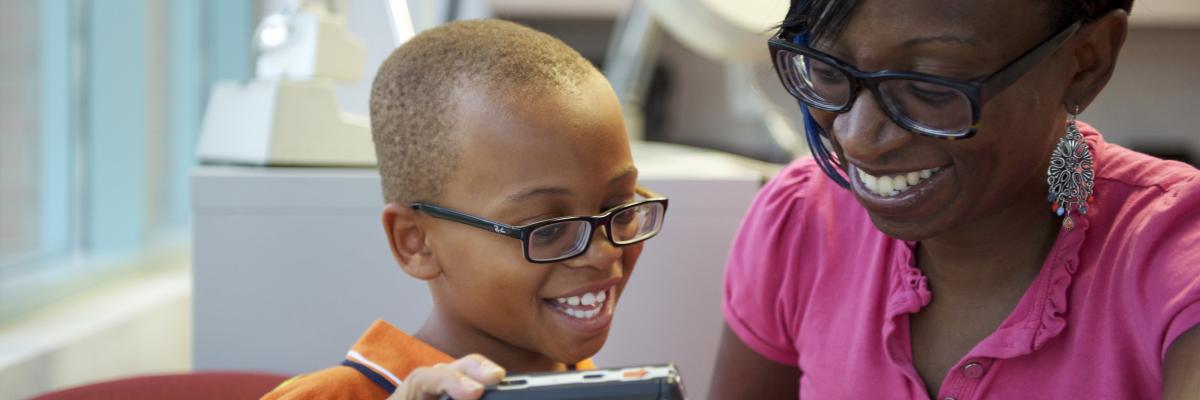Main Content
What is retinoblastoma?
Retinoblastoma is a form of eye cancer most commonly affecting children, that begins in the retina. It is usually found in children under the age of two.
There are two different types of retinoblastoma:
- Non-hereditary retinoblastoma (also called sporadic retinoblastoma) – This happens by chance. About 60 per cent of children with retinoblastoma have non-hereditary retinoblastoma. Children with this type only develop a tumour in one eye (called unilateral retinoblastoma).
- Hereditary retinoblastoma – This type is passed on from a parent to a child. About 40 per cent of children with retinoblastoma have hereditary retinoblastoma. In familial hereditary retinoblastoma (also called familial retinoblastoma), a parent or other family member of the child has had retinoblastoma. In sporadic hereditary retinoblastoma, no one else in the family has a history of retinoblastoma.
Retinoblastoma symptoms
If you or your child have any of the following retinoblastoma symptoms, see your eye doctor immediately:
- A white color in the center circle of the eye (pupil) when light is shone in the eye, such as when taking a flash photograph
- Eyes that appear to be looking in different directions
- Eye redness
- Eye swelling
Diagnosis and treatment
If you or your child have any risk factors or are experiencing any of the common symptoms for retinoblastoma, see an eye doctor right away.
The following tests are usually used to rule out or diagnose retinoblastoma:
- Physical exam
- Eye exam
- Ultrasound
- Retinoblastoma 1 (RB1) gene test
- MRI
- CT scan
- Bone scan
Treatment options can include:
- Cryosurgery
- Thermotherapy
- Laser Surgery
- Chemotherapy
- Radiation therapy
- Stem cell transplant
- Surgery to remove the eye
More information
For more information, visit the Canadian Cancer Society.
